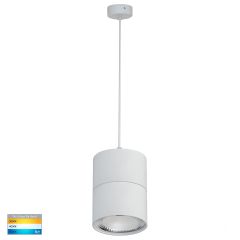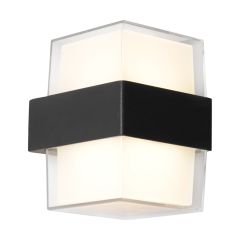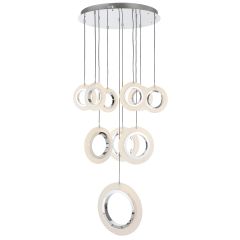LED, which stands for light-emitting diode, is a game-changer in lighting technology. These little devices are incredibly efficient, producing light much better than traditional incandescent bulbs.
Here's the basic idea of how they work: when you send electricity through a tiny chip, it lights up small sources called LEDs. These LEDs team up to create the visible light that brightens up our spaces. It's like a high-tech collaboration on a tiny scale, where electrons and photons join forces to make light happen.
Now, every light source creates heat, and LEDs are no exception. To avoid any issues, there's a smart solution in place. The heat produced by the LEDs is carefully absorbed by something called a heat sink. This keeps the LED system working well for a long time, managing any extra heat that shows up during the lighting process.



















































































